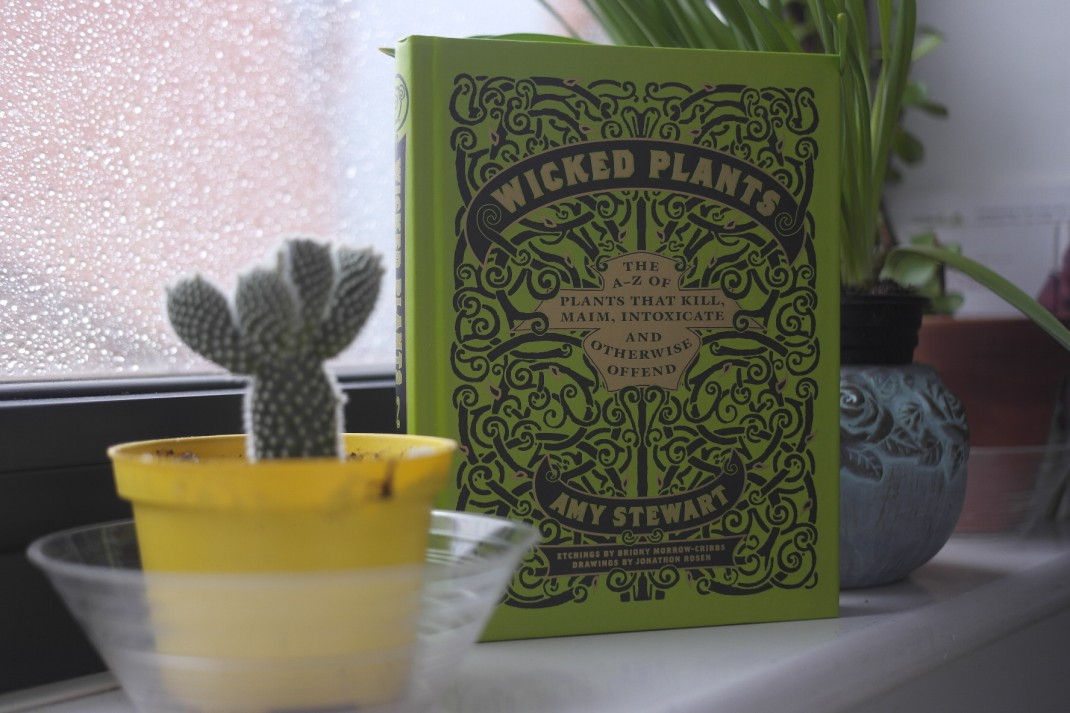
Plants that Will Kill, Maim, Intoxicate and Definitely Offend
Plants that Will Kill, Maim, Intoxicate and Definitely Offend
It is so important when gardening to know the difference between a dangerous plant and one that might kill you especially if you have young kids. The most interesting book on deadly plants is the rather brilliant Wicked Plants The A-Z of Plants that Kill, Maim, Intoxicate and Otherwise Offend, by Amy Steward. Check it out on Amazon. I wasn’t really that fussed by it until i read it specifically for this post and i was amazed at how many plants i know and have are classed as dangerous. The diagrams are lets just say scary, but they get the point across. Worth a read if you want to be scared or learn more about these fascinating plants.
If you think you have this plant or its family do do your own research to determine if the species you have is in fact the dangerous one.
The houseplants that could be your last: These are mainly tropical plants that were found in South America or Africa because they prefer to live in warmer climates such as houses.
– Peace Lily – Spathiphyllum spp. contains calcium oxalate crystals which can irritate the skin, burning of the mouth, difficulty swallowing and nausea so don’t eat it!
– English Ivy – Hedra helix the sap from leaves can cause blisters and skin irritation.
– Ficus Tree – Ficus benjamina one of my favourite house plants, the latex from the plant can cause serious allergic reactions, the book describes how a woman had severe reactions to her Ficus and went into anaphylactic shock and other frightening symptoms.
– Rhubarb – Rheum x hybridum most of us know the leaves are poisonous, they contain high levels of oxalic acid which can cause a range of symptoms including in worse case death. A woman cooked a minister a dish of rhubarb and he died, she apparently said it was from an old war time recipe, another threat to soldiers and people at home during a time of war.
Other Plants
– Elderberry – Sambucus spp. the raw berries contain cuanide so cook well before use.
– Cashew – Anacadium occidentale these are from the same family as poison ivy, poison oak, and poison sumac. Cashew produces the same irritation oil called urshiol. If the nut comes in to any part of the shell when harvesting it will give the person who holds or eats it a nasty rash on arms, groin, armpits or buttocks, not somewhere you want the same like symptoms of poison ivy. This is why when they are harvested they are usually steamed open.
– Potato – Solanum tuberosum is part of the deadly nightshade family. If I had known that sooner I wouldn’t have had shepherds pie last night! Oh wait apparently cooking it kills most of the solanine in it, however if its been exposed to the light and turned green this might be an sign of an increase in the levels of solanine.
– Daffodil and Tulip bulbs – Narcissus spp. and Tulipa spp. bulbs contain toxins that can cause severe drooling, depression, tremors and heart problems.
– Lilies – Lilium spp. all parts are poisonous to cats, they cause kidney failure and death.
– Monkshood – Aconitum napellus wear gloves when touching it as all parts are toxic, even skin contact can bring on numbness and cardiac problems. The poison contained in the plant is so toxic that it can paralyze the nerves and even in severe cases kill. Florists beware!
Bad Families
Nettle family – Urticaceae release poison when the hairs get under the skin
Spurge family – Euphorbiaceae the milky sap can burn and scar the skin
Carrot or Parsley – Apiaceae many are phototoxic including celery, dill, parsley, parsnips, skin contact mixed with sun exposure can cause irritation on the skin.the real danger is from relatives like water helmlock, poison helmlock, giant hogweed and cow parsnip, these wild plants contain neurotoxins and skin irritants.
Dangerous Gardens
– Azalea and Rhododendron – Rhododendron spp. all parts of these plants are poisonous they contain grayanotoxin a not very nice poison. it can cause heat problems, vomiting, dizziness and extreme weakness.
– Autumn crocus – Colchicum spp. all parts of this plant are toxic, they are not related to the normal spring crocus. Their poison is alkaloid colchicine that causes burning, fever, vomiting and kidney failure.
– Daphne spp. all parts are poisonous, causing irritation to the skin and if a child was to eat just a few of their brightly coloured berries it could cause death.
– Foxglove – Digitalis spp. all parts are poisonous. An interesting fact is that it is used to prepare the heart drug digitalis.
– Christmas Rose – Helleborus spp. All parts of this plant are poisonous. The sap is an irritant to the skin and its a very bad idea to eat it as it can and will cause burning of the mouth, vomiting, dizziness, convulsions and nervous system depression. Interestingly the book goes on to tell you about how some historians believe that in The First Sacred War (595-585 BC) was won after a Greek military alliance poisoned the water supply of the city of Kirrha with Hellebore, which would make this the first case of chemical warfare in recorded history.
-Hydrangea – Hydrangea spp. the plants contain low levels of cyanide, so just be careful when using the flowers as decorations for the top of cakes.
– Lobelia – Lobelia spp. all parts are poisonous the poisons are called Lobelamine and lobeline which are apparently similar to nicotine however when ingested it can cause paralysis, heart problems, vomiting and tremors.
Dreadful Bouquet
– Larkspur and Delphinium – Consolida ajacis and Delphinium spp. Don’t eat it, plants are poisonous, although i don’t know why you would.
– Lily-of-the-valley – Convallaria majalis it can cause headaches, nausea, cardiac symptoms and even heart failure at a high enough dose due to the cardiac glycosides it contains. Because we all know what they are, maybe not.
– Bleeding Heart – Dicentra spp. they contain toxic alkaloids that could cause if in high doses nausea, seizures and respiratory problems.
– Sweet Pea – Lathyrus odoratus according to the book all parts are mildly poisonous especially the young shoots and seedpods which contain poisonous amino acids called, you guessed it, lathyrogens, it can cause paralysis, weakness and tremors. But its smells so sweet.
– Tulip – Tulipa, no i love this plant, and its on the list, and its actually quite bad, apparently tulips create a highly irritation sap which yes the book does say that its “hazardous to horticultural workers” obviously? Just by touching the bulbs regularly can irritate the skin. Workers in Holland’s bulb industry have reported that even the dust from the bulbs can cause respiratory problems. Some florists have been said to have developed Tulip Finger which causes fingers to swell, red rashes on the hands and cracks in the skin. Not very pleasant.
– Hyacinth – Hyacinthus orientalis – Another florists nightmare, it causes “hyacinth itch” if people handle them with bare hands. Also the plants sap can irritate the skin. Well I’ve always got headaches from the strong smell some species give off, but never knew they could irritate my skin.
– Chrysanthemum – Chrysanthemum spp. I didn’t know this that the blossoms have been used in teas and for medical purposes, however they can cause severe allergic reactions. Some people have developed skin rashes, swollen eyes and other symptoms.
Just a glimpse into a very interesting book.
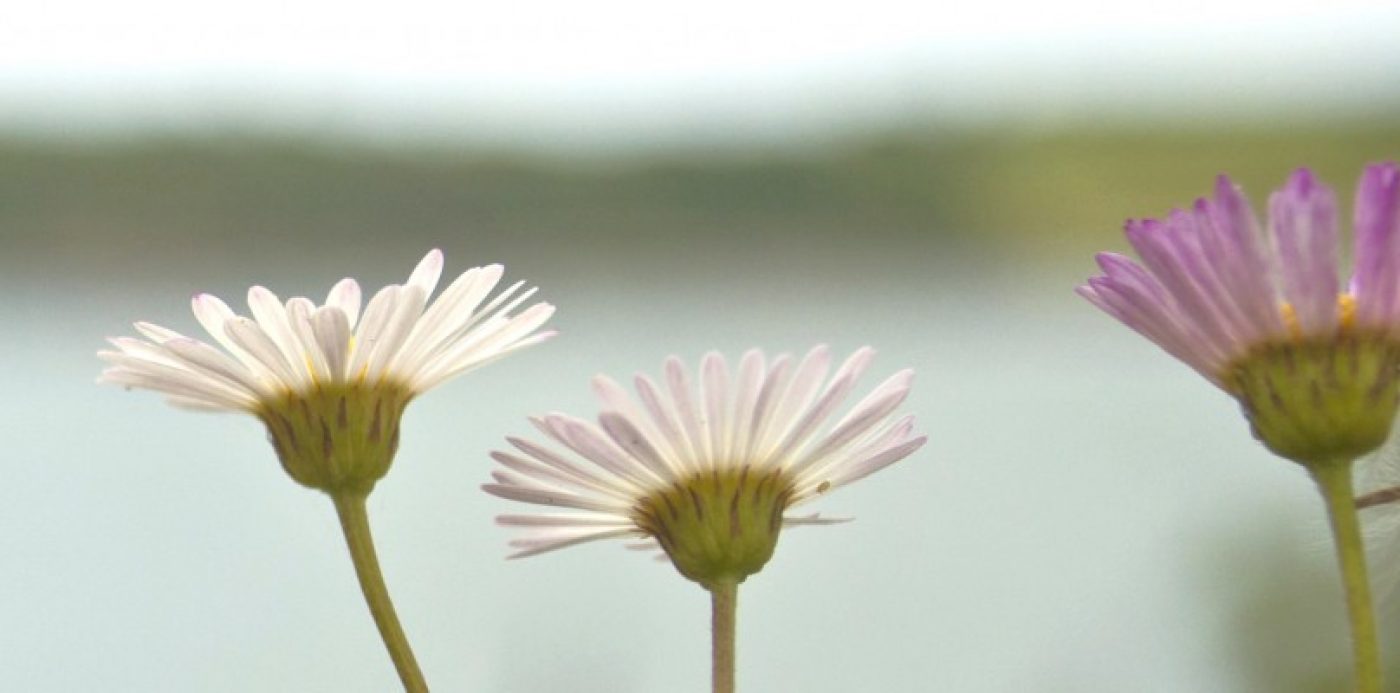
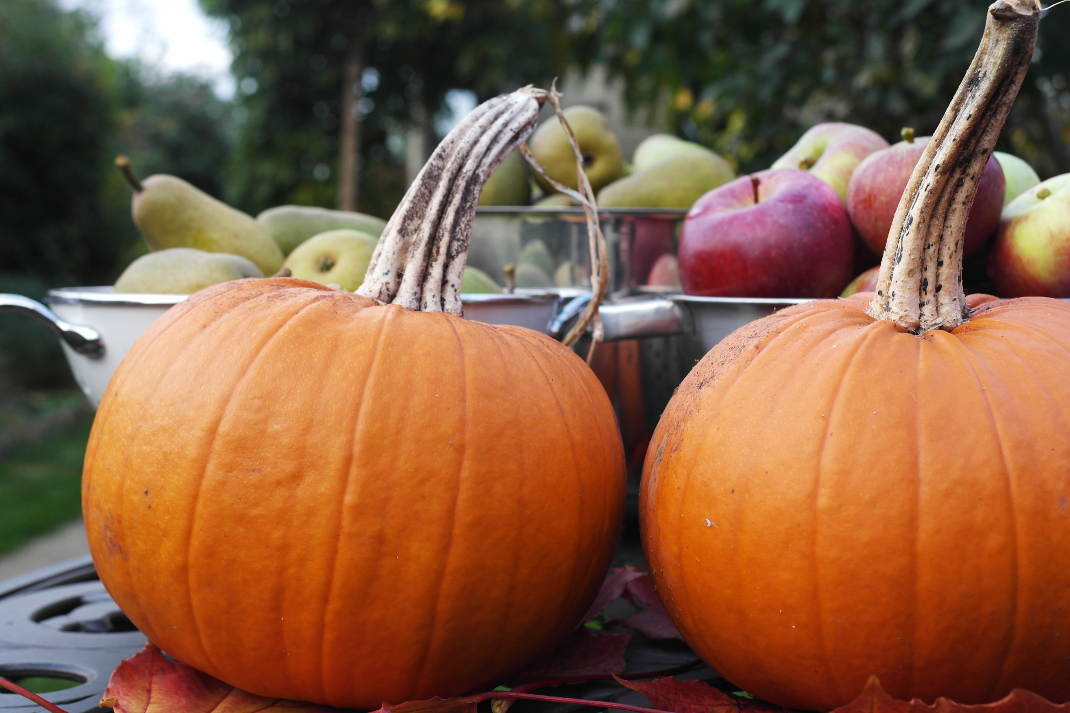

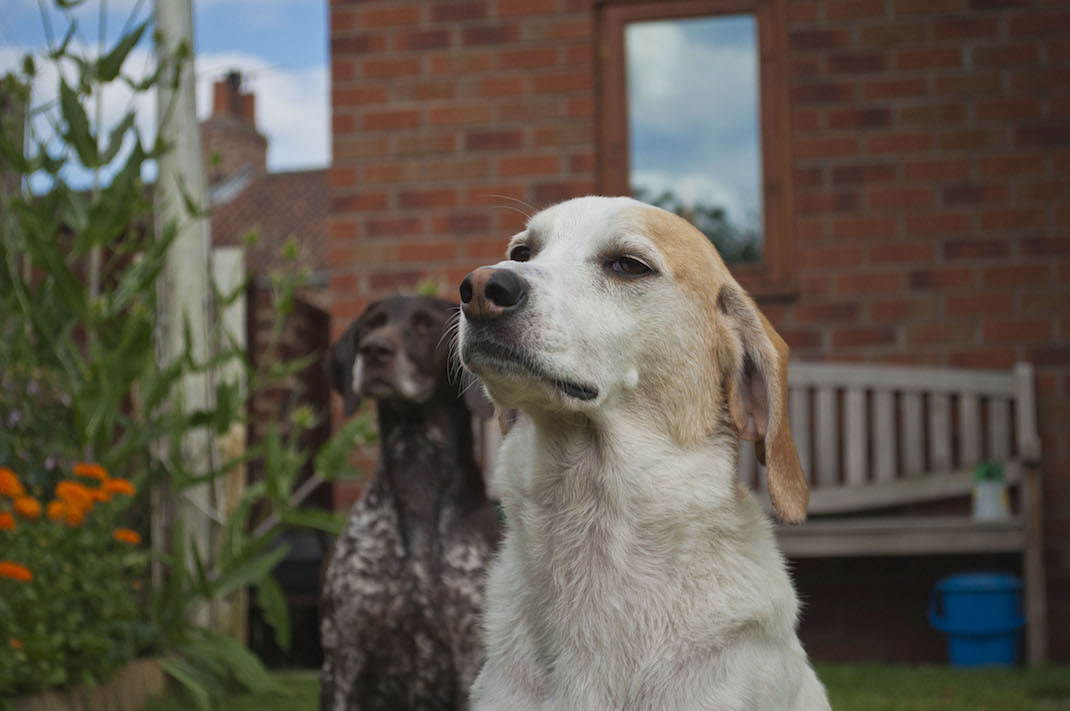
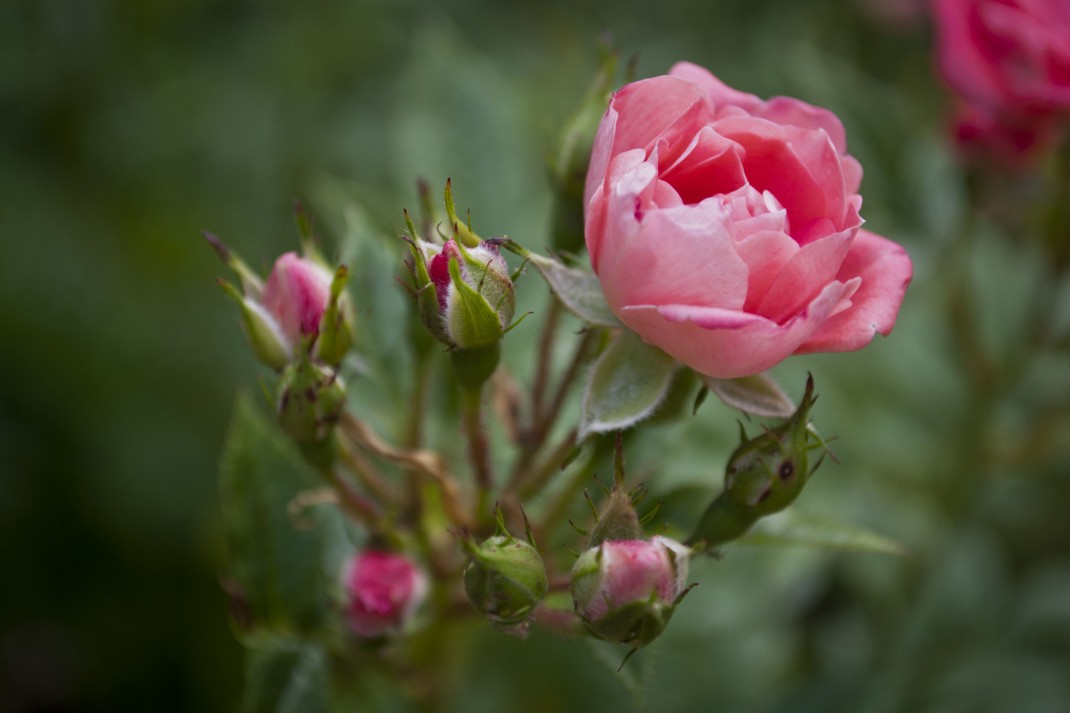
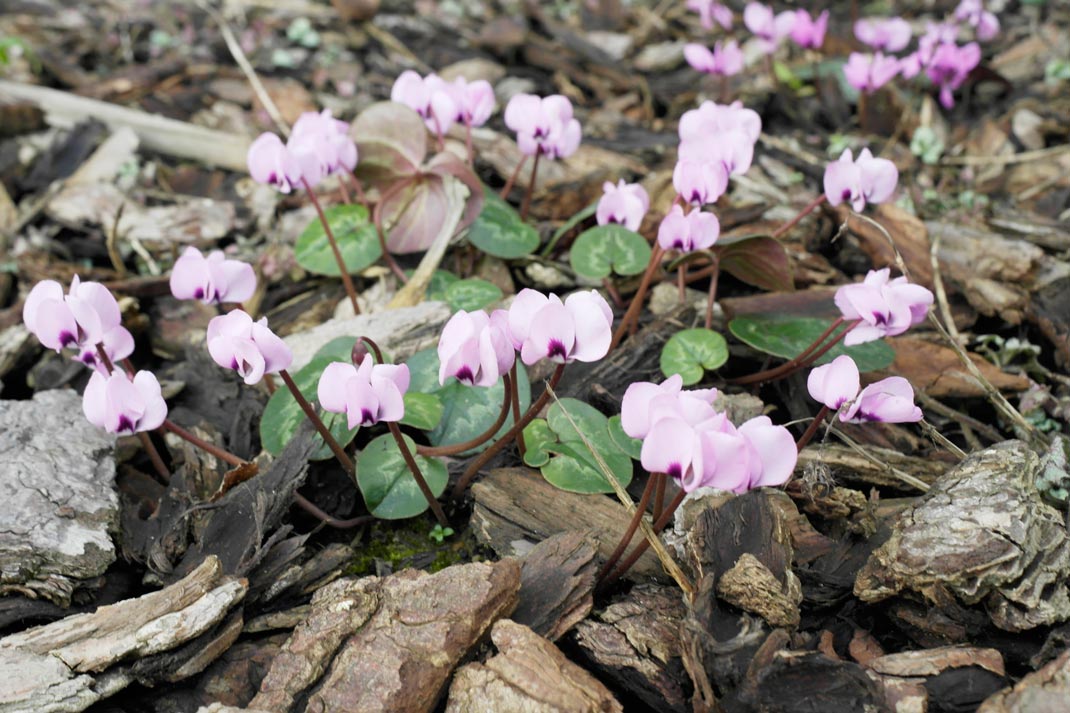
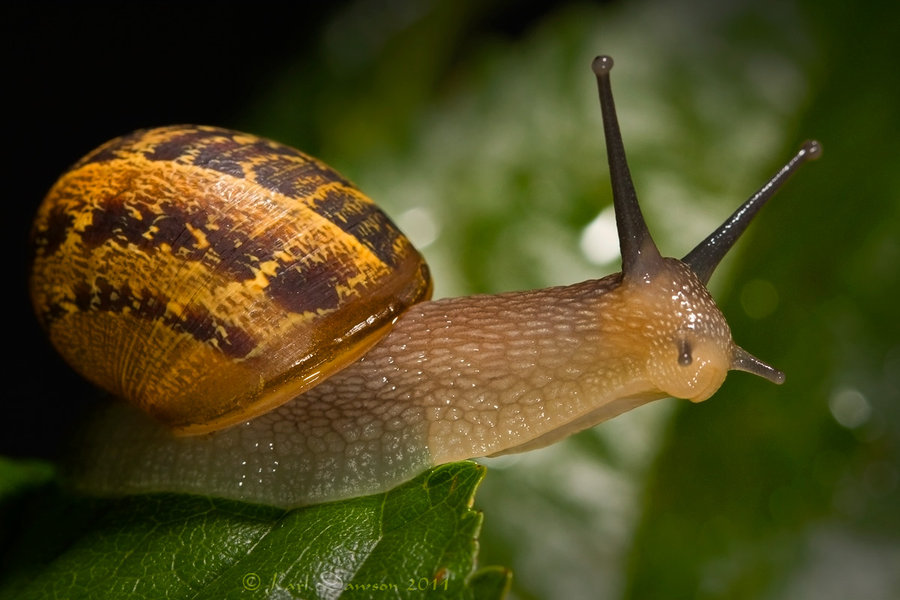
-
-
8 years
Tagged apple, apple fair, apples, art, autumn